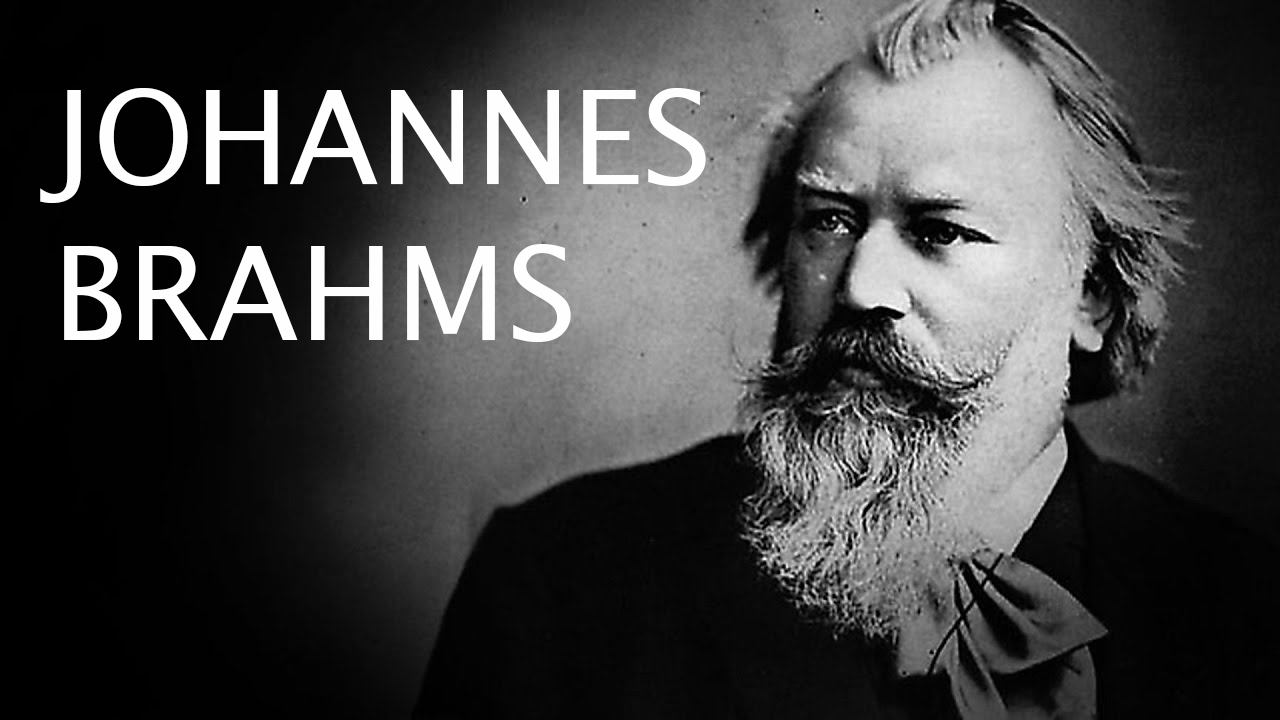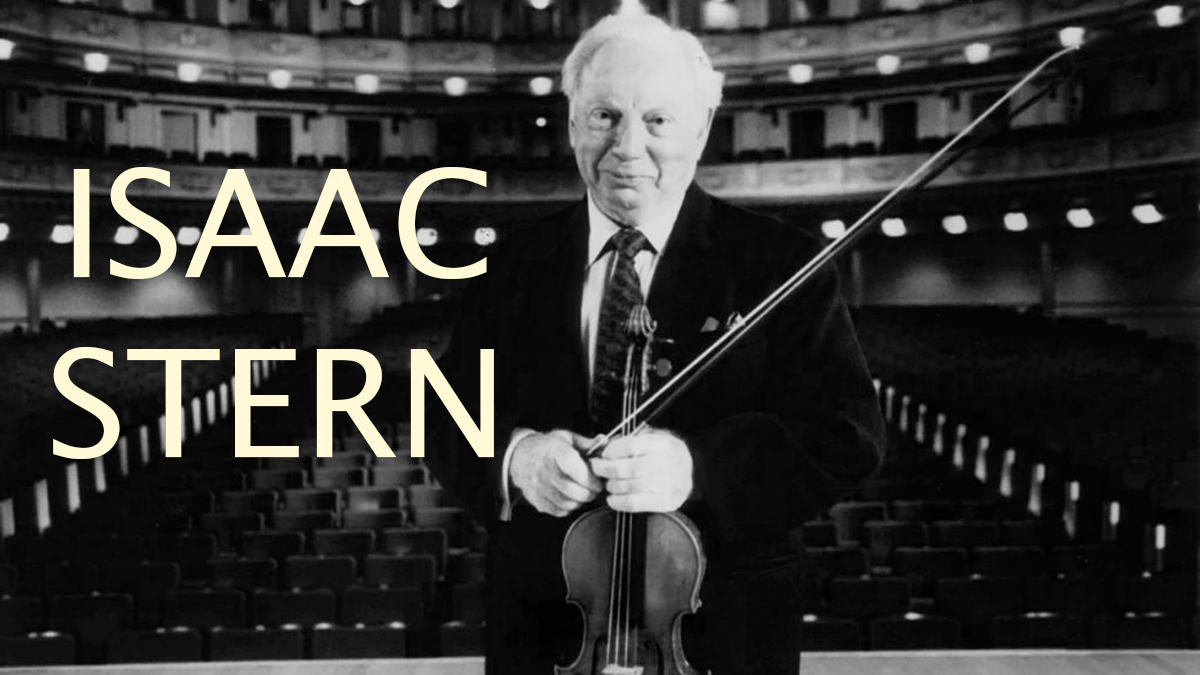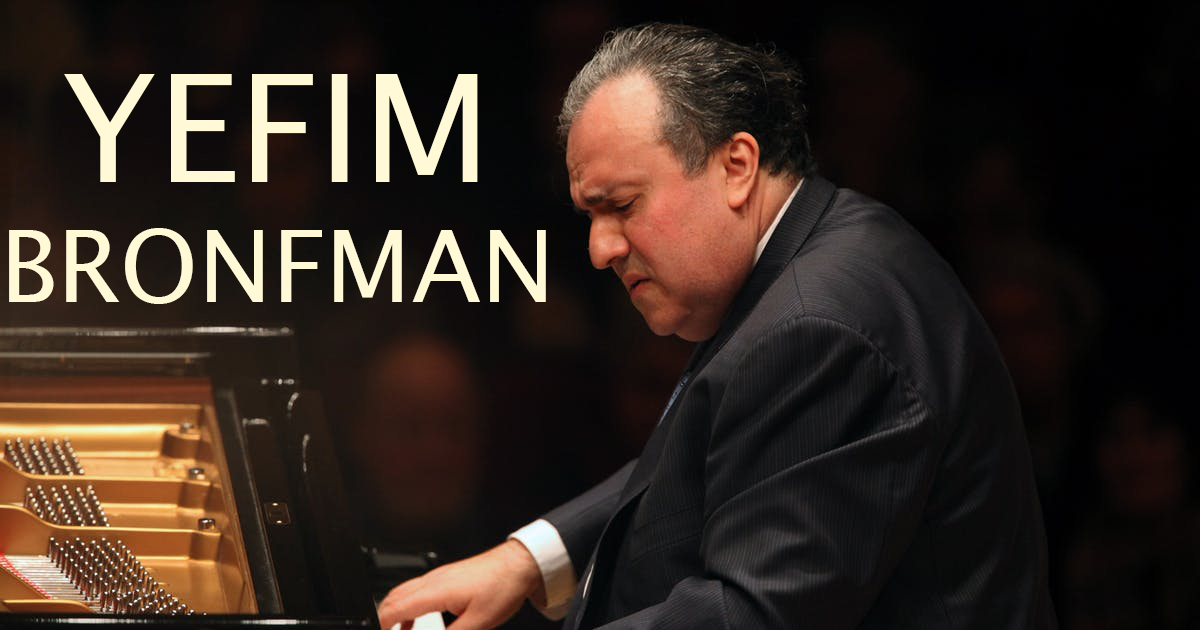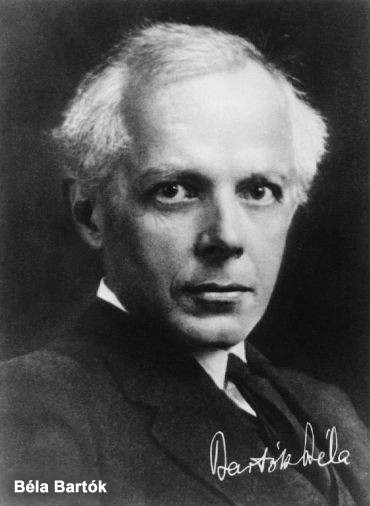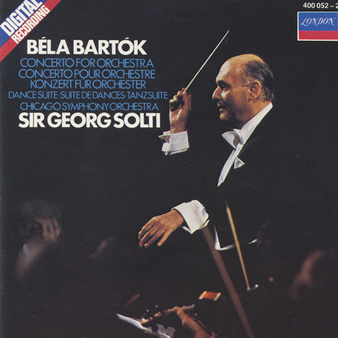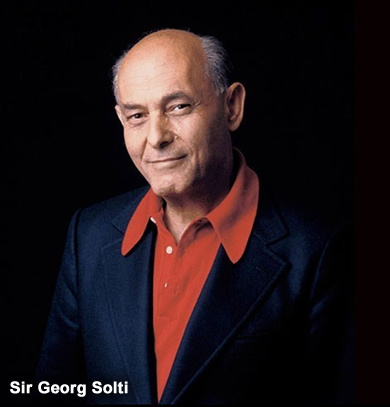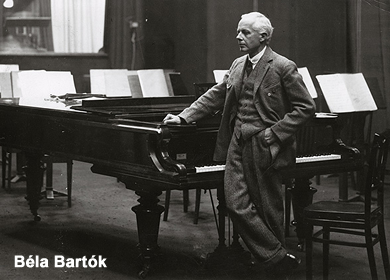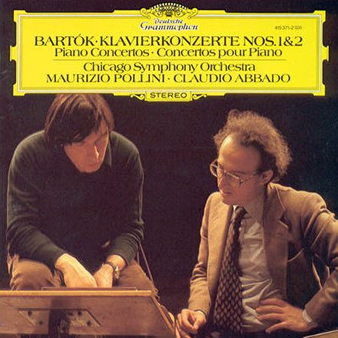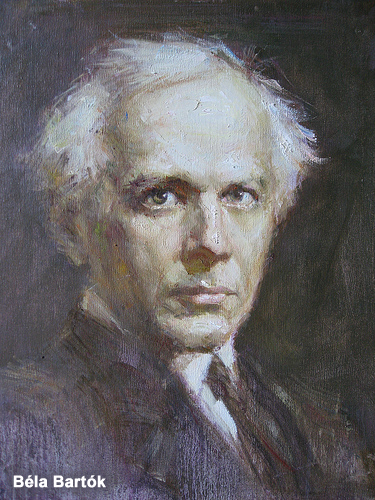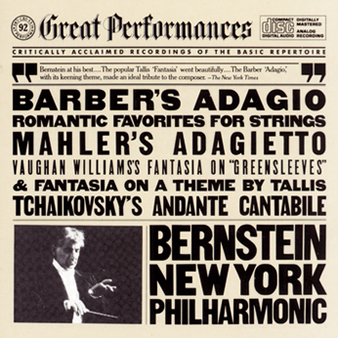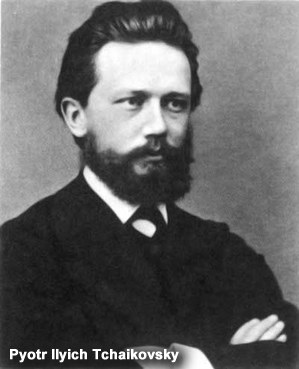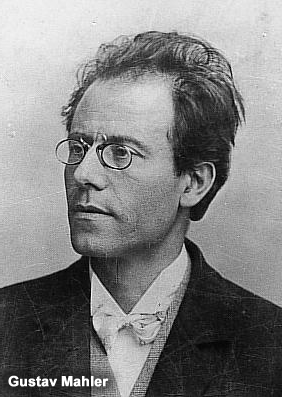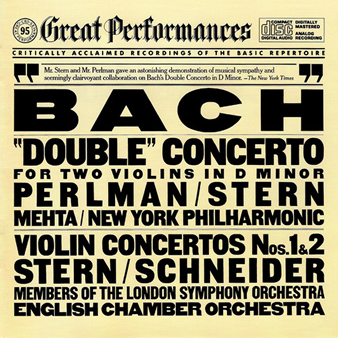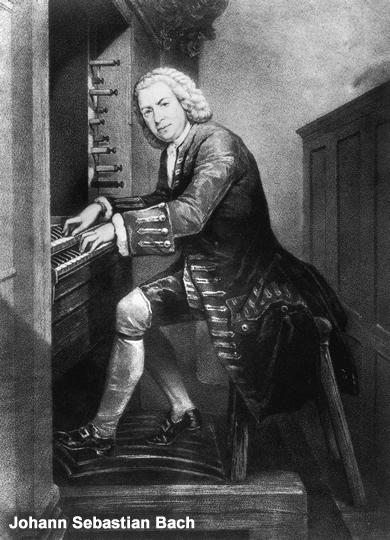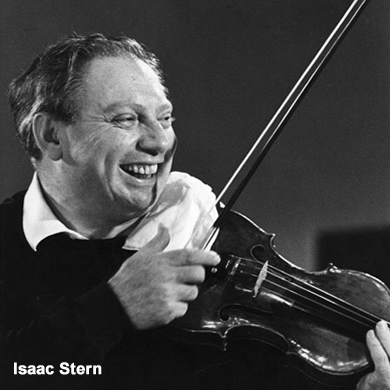Johannes Brahms (1833-1897)
Sonatas For Piano And Violin:
Sonata in G Major, Opus 78
Sonata in A Major, Opus 100
Sonata in D Minor, Opus 108
Scherzo in C Minor, WoO posthum 2 (1853)
Performed by:
Yefim Bronfman (Piano)
Isaac Stern (Violin)
Recorded live at the Great Hall at the Bolshoi Philharmonia, St. Petersburg, Russia, December 18 & 19, 1991.
ONE-SENTENCE REVIEW:
Yeah, man, you know, are you really going to find anything better than this? (I know… anything is possible but it will be a long search.)
ORIGINAL LINER NOTES – 1993 – Ekkehart Kroher (Translation Diana Loos):
“I am staying in Kamten again, at Portschach am See (railway-station Maria-Worth). It would be really lovely if you could direct your steps this time to my direction; our nest here is only a friendly stop on the way, but from here you can take the most delightful trips, to the Ampezzo valley, Grossglockner, Fusch, etc.”
These words, written by Johannes Brahms in June 1879 to his friend Adolf Schubring, a writer on musical subjects, were typical of the composer in a double sense. On the one hand, he loved the presence or the company of familiar friends even during his summer vacation, and on the other, he always chose places of particular natural beauty for his holidays.
Brahms loved the countryside and being surrounded by nature which acted as a stimulus for him and where he could “go for walks” with his musical ideas, as he called it. Therefore it is not surprising that in the summer months the majority of his loveliest Lieder and instrumental compositions were written.
As early as 1877, when he was in Portschach for the first time, he had written to his friend the Viennese music critic Eduard Hanslick: ‘Lake Worth is virgin country, the air is so full of melodies that one must be careful not to step on one…’
The same applies to the summers following, in which not only Brahms’ Violin Concerto in D Major was written (1878), but also the First Violin Sontata in G Major, Opus 78, which was finished in the summer of 1879, also in Portschach. Whether this G Major Sonata was really Brahms’ first violin sonata can, however, no longer be exactly established. Much evidence seems to indicate that it had at least three predecessors, but these, like other early compositions of Brahms, fell victim to the relentless self-criticism of his genius.
With the Violin Sonata in G Major, however, Brahms realized a novel concept of sonata form. It is not so much the integration of variations into the principles of dialectic form which is meant by this – Arnold Schoenberg was to be the first to recognize the forward-looking tendency of this integration – but rather the conceptual unity of the three movements based on a dotted rhythm motif.
The dotted rhythm appears at the beginnings of the opening Vivace ma non troppo and the Allegro molto moderato Finale which quotes the theme of the ‘Regenlied’ Opus 59, No.3 (based on a poem by Klaus Groth); the dotted rhythm also characterizes the Adagio middle section thereby establishing a connection between movements.
Thus the Finale unfolds almost by itself, for the quotation from ‘Regenlied’ which was set to music in 1873 (‘Surge, rain, surge down, awake once more the dreams in me which I dreamed as a child…’) is in both contexts the expression of contemplative, almost nostalgic reminiscence.
But as if that were not enough, Brahms brings back the cantabile Adagio idea, slightly changed, as the second couplet in the Rondo Finale and thus enriches the final movement with a restrained warmth and a wishful tenderness which make the music ‘seem to smile through its tears,’ to quote Karl Geiringer.
Intimacy, though of quite a different kind, can also be heard in the Second Violin Sonata in A Major, Opus 100, which Brahms composed in 1886 in Hofstetten near Thun on Lake Thun. It was apparently written ‘while expecting the arrival of a dear friend,’ namely the young alto Hermine Spies, whom Brahms had heard for the first time in 1883 as the soloist in his Alto Rhapsody.
How deep his feelings were for the singer, in artistic and in human terms, is shown not only by the abundance of his Lied production in the subsequent years but also in the A Major Sonata for Piano and Violin. In composing this sonata Brahms must have spent a lot of time deep in thought about her, whom he admired to the point of adoration, which explains the serene basic mood of the music almost without further comment being necessary.
Further comment is also hardly necessary to explain the use of several melodic phrases from the setting of Klaus Groth’s ‘Komm bald’ (Come soon) Opus 97 No. 5 in the opening Allegro amabile, into which the musician also wove the opening motif of his Lied ‘Wie Melodien zieht es mir leise durch den Sinn’ (Like melodies running gently through my mind), Opus 105, No. 1, as second subject.
For the middle movement Brahms here combines the slow movement and scherzo into an Andante tranquillo in five sections, in which a tender opening idea alternates several times with a buoyantly contrasting Vivace. The final word in the sonata belongs to an Allegretto grazioso (quasi Andante) in allabreve time, a broadly pulsating Rondo finale, in which the piano adds chromatically contemplative notes to the flowing cantabile character of the movement, without, however, seriously affecting the basically relaxed mood.
The Third Violin Sonata in D Minor, Opus 108, was also written in the summer of 1886 on Lake Thun, but it was not definitively completed until 1888. This sonata was also published a year later under the title ‘Sonata for Pianoforte and Violin,’ not the other way round, but which means Brahms wished to indicate the fact that both instruments are treated on equal terms.
This was particularly important in the case of the D Minor Sonata, since it replaces the intimacy of its predecessors with a concertante approach, which would otherwise have been misunderstood. For here the piano part also lays claims to virtuosity and leads to the assumption that during the composition of the work Brahms was already thinking of his friend, the pianist and conductor Hans von Bulow, to whom he did in fact dedicate this Opus 108.
The virtuosity of its character also explains the four-movement form of the sonata, which is filled with passionate, almost dramatic impetus. This evolves in the introductory Allegro in traditional sonata form, but with an unorthodox development section, which combines the bariolage technique of the violin with an insistent pedal point from the piano, the left hand of which plays an uninterrupted A for 46 bars.
An expressively sensitive Adagio in D Major and a strangely pallid, almost gloomy Scherzo in F Sharp Minor create a strongly contrasting pair of inner movements, which, however, in the cycle construction of the work function merely as an intermezzo.
For the Finale turns out to be not only the point towards which the work is directed, but in fact the true center of the work, the significance of which Brahms emphasized by the unusual length – 337 bars – and the choice of sonata form.
The tempestuousness of the passionato character of this Presto agitato are hardly affected by occasional episodes and indicate an inner tension which does not diminish into the very last bar.
TRACK LISTING:
Johannes Brahms – Sonata in G Major, Opus 78
- Vivace ma non troppo – 10:11
- Adagio – 7:20
- Allegro molto moderato – 8:29
Johannes Brahms – Sonata in A Major, Opus 100
- Allegro amabile – 7:57
- Andante tranquillo – Vivace – 6:25
- Allegretto grazioso (quasi Andante) – 5:33
Johannes Brahms – Sonata in D Minor, Opus 108
- Allegro – 7:44
- Adagio – 4:34
- Un poco presto e con sentimento – 2:47
- Presto agitato – 5:51
Johannes Brahms – Scherzo in C Minor, WoO posthum 2 (1853)
- Allegro – 5:46
FINAL THOUGHT:
Just an all-time classic recording from two all-time classic musicians interpreting the work of an all-time classic composer – live without a net!
 Emily Sachs – President – Manka Music Group (A division of Manka Bros. Studios – The World’s Largest Media Company)
Emily Sachs – President – Manka Music Group (A division of Manka Bros. Studios – The World’s Largest Media Company)



